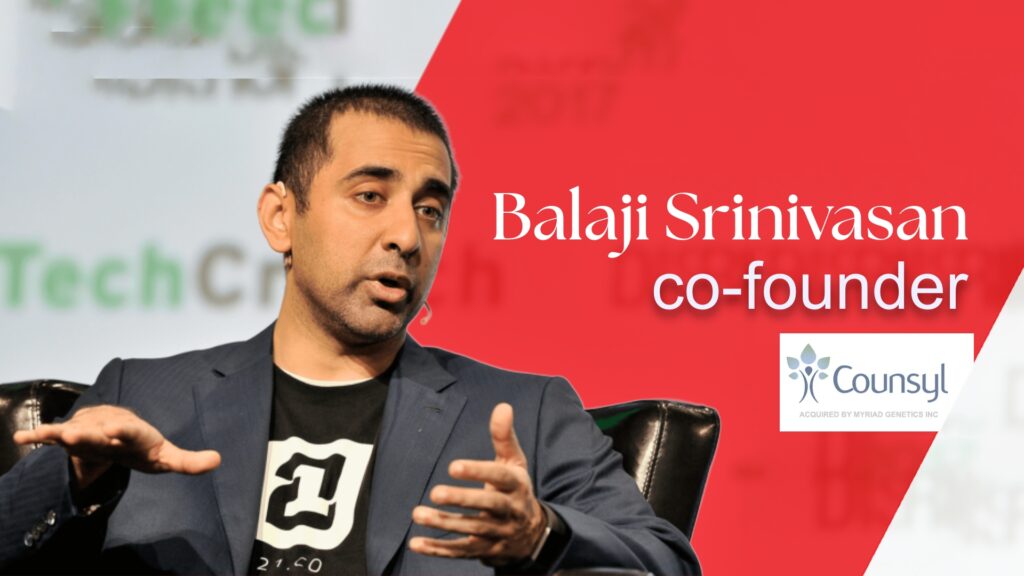
Once upon a time, BYJU’S was the golden boy of Indian education, a household name, a brand every parent trusted. Lavish ads, celebrity faces, and high-tech animation promised to revolutionize how children learn. But behind the glitz, something started to crumble.
And then came a quiet storm, Alakh Pandey, a small-town teacher with chalk-stained hands, a YouTube channel, and an honest dream: to make quality education affordable and accessible for every student in India.
Today, these two giants, BYJU’S and Physics Wallah (PW), are at opposite ends of the spectrum. One is trying to survive. The other is thriving with simplicity. So, who’s really leading India’s edtech revolution in 2025?
Two Founders, Two Worlds
Byju Raveendran, a charismatic teacher from Kerala, built BYJU’S into a multi-billion-dollar company with backing from the world’s biggest investors, Tiger Global, Qatar Investment Authority, Sequoia. His vision was global, and his strategy was scale at any cost.
On the other hand, Alakh Pandey was teaching physics on YouTube from a modest setup in Prayagraj. His videos were raw, filled with passion and jokes, but students loved them. Why? Because he spoke their language, understood their struggles, and never charged them more than they could afford.
Big Numbers, Bigger Questions
At its peak, BYJU’S was valued at $22 billion. It acquired over 10 companies, including Aakash Institute, Toppr, and WhiteHat Jr. and boasted over 150 million users.
But with growth came cracks. In FY22, BYJU’S posted a loss of ₹4,588 crore, delayed its financial filings, laid off thousands of employees, and even faced investigations for mis-selling courses to lower-income families.
Meanwhile, PW stayed small but solid. In 2022, it became a unicorn with just $100 million in funding, and still turned a profit. By FY23, PW generated over ₹780 crore in revenue while opening 60+ offline Pathshala centers and launching skill-building platforms like PW Skills and PW Institute of Innovation.
What Students Really Want
BYJU’S offers flashy courses, AR videos, and high-end subscriptions costing ₹50,000 or more. But many families began to question the value, and the pressure of sales calls didn’t help.
In contrast, PW courses start at ₹500, often include live doubt sessions, and are tailored for Hindi-medium and Tier 2–3 students. PW is not trying to impress, it’s trying to uplift.
Alakh Pandey once said in an interview, “Main startup nahi, students ka sapna banna chahta hoon” (I don’t want to be a startup, I want to be the dream of every student). That emotion, more than any metric, has earned him unwavering loyalty.
Future Paths: One Rebuilding, One Rising
BYJU’S is in a tough spot, facing debt, investor lawsuits, and even the possible sale of Aakash to stay afloat.
PW, meanwhile, is slowly expanding, entering job markets, launching schools, and even eyeing global outreach in the Middle East. It’s not rushing. It’s not chasing hype. It’s building brick by brick, with every student it uplifts.
So, Who’s the Real Titan Today?
If you judge by valuation, BYJU’S might still seem bigger. But if you ask a student in Kanpur, a parent in Ranchi, or a teacher in Kota, they’ll likely say: “Physics Wallah samajhta hai” (Physics Wallah understands us).
In 2025, India doesn’t need another billion-dollar unicorn. It needs edtech that cares, connects, and delivers.And in that quiet revolution, Physics Wallah is not just winning, it’s leading.









